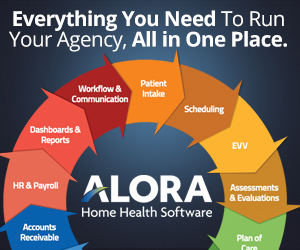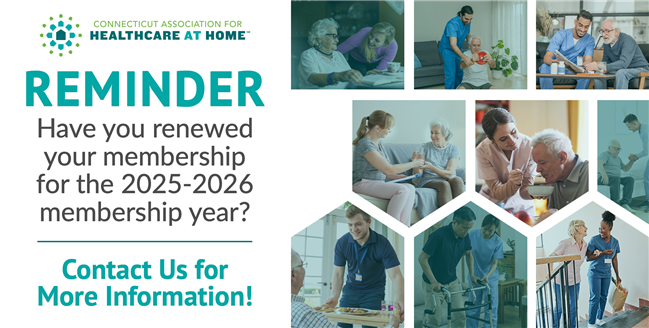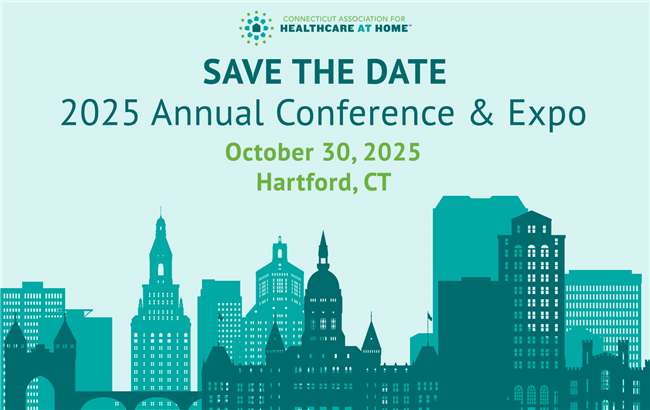 |
|||||||||||||||||||||||||||||||
| June 26, 2025 | |||||||||||||||||||||||||||||||
Source: PMHC for The Alliance, June 23, 2025
As you know, the Senate Finance Committee’s draft reconciliation bill language was released on Monday. The language, surprisingly, was more aggressive than the House-passed version in generating Medicaid savings and has touched off a serious debate over Medicaid funding, creating major hurdles for Republicans aiming to pass the package by July 4. The proposed changes would hit Medicaid expansion states hardest by phasing down provider taxes (with an exception for nursing facilities and intermediate care facilities – hospitals are notably absent from the exceptions list) and capping state-directed payments (SDPs), a move critics say punishes states that expanded Medicaid under the Affordable Care Act. These Medicaid provisions are shaping up to be one of the most contentious elements in the broader reconciliation package, which also includes tax cut extensions and immigration enforcement funding. While GOP leadership wants to move quickly, they are bypassing the usual committee hearings and markup process and plan to bring the bill directly to the Senate floor next week—a strategy that accelerates the timeline but limits opportunities for negotiation or public scrutiny.
Source: The Alliance, June 23, 2025
The Alliance, in partnership with KNG Health, has released new findings showing that access to Medicare home health care is rapidly deteriorating—putting patients at risk and increasing overall healthcare costs.
Since 2019, wait times for a first home health visit have increased by a full day on average, with 10% of patients waiting five days or longer. Over one-third of Medicare beneficiaries discharged from hospitals and referred to home health never receive the care, despite clear clinical need. The effects are stark: mortality rates are 43% higher and 90-day Medicare spending is 5.4% greater for those who go without care. Delays in care disproportionately affect underserved communities, exacerbating health disparities. At the same time, CMS payment updates continue to lag behind inflation, and Medicare Advantage pressures are straining agency viability. This troubling data underscores what providers are experiencing in real time: care is harder to deliver, access is slipping, and lives are at stake.
The Alliance is calling on CMS to pause further payment cuts in the 2026 rule and urging Congress to work with stakeholders on budget-neutral reforms to stabilize access. We stand ready to partner on solutions that protect patients, advance value, and align with the goals of the Bipartisan Budget Act of 2018 and ongoing efforts to expand care at home.
Source: The Alliance, June 20, 2025
(Alexandria, VA, and Washington, DC) – The National Alliance for Care at Home (the Alliance) is pleased to support the introduction of the Continuous Skilled Nursing Quality Improvement Act of 2025. This bipartisan legislation, Senate Bill 1920, introduced by Senator Thom Tillis (R-NC) and Senator Maggie Hassan (D-NH) aims to improve the quality and accessibility of skilled nursing care by modernizing Medicaid’s approach to private duty nursing.
This legislation addresses critical gaps in care that leave thousands of medically complex patients and their families struggling to access consistent, quality skilled nursing services in their homes—a situation that has reached crisis levels in many communities across the nation.
Source: Center to Advance Palliative Care (CAPC); May 29, 2025
CAPC has synthesized the NCP Guidelines into an operational summary for payers and policymakers to use in credentialing palliative care providers or informing minimum program requirements. These recommendations call for: an interdisciplinary team with 3 or more essential clinical disciplines: physician, advance practice provider, nurse, social worker, spiritual care professional and a child life specialist for programs serving children. One or more prescribers must have specialty certification in palliative care with others documenting some specialty training. PC services must include Comprehensive patient assessments, Pain and symptom management, Documented conversations about condition, treatment options, and goals of care, Psychological, social and spiritual support, Patient and family/caregiver education, and Coordination with behavior health and community health resources, and Development of a crisis intervention plan. The recommendations also specify 24/7 access to a prescribing clinician, clear discharge criteria, and routine evaluations of program quality.
Guest Editor's Note, Ira Byock: These new recommendations from CAPC are timely and important. Building from the NCP Guidelines, CAPC is providing a framework for developing formal standards. That task is urgent given the pressures programs are under to reduce staffing, limit hours of service, and scope of services. I appreciate inclusion of crisis intervention planning, which should be a critical part of every palliative plan of care. The recommendations are strong, yet the statement’s wording is hesitant in tone. CAPC has the organizational stature to issue explicit minimum specifications for programs that purport to deliver palliative care. Health plans, payers, referring providers, and patients deserve assurance that such minimums are met or exceeded. CAPC has taken a significant step in the right direction. Source: Solutions Review; June 17, 2025
There is no one-size-fits-all blueprint for artificial intelligence. Every organization has its own legacy systems, workforce culture, regulatory pressures, and innovation appetite. But one thing is universally true: AI success depends on readiness. Not just technical readiness, but ethical, emotional, and operational readiness across the entire enterprise. But as the pressure to “implement AI now” mounts, many organizations rush in without a clear framework for what it means to be ready. They focus on models, tools, and talent—but overlook the critical dimensions of ethics, empathy, and impact. That’s where this guide comes in. ...
Source: Home Health Care News; June 18, 2025
As home health leaders continue to identify areas where artificial intelligence (AI) can be most beneficial to their businesses, some are beginning to utilize these tools to reduce the time burden of the Outcome and Assessment Information Set (OASIS). Payment and outcomes are directly impacted by OASIS data collection, making accurate OASIS data collection crucial for home health providers. Yet for many clinicians, OASIS data collection can be a major pain point due to its complexity and time demands. Providers who have turned to AI-powered tools report “dramatic” efficiency gains. Still, experts note that some “fine tuning” remains to be done before the technology reaches its full potential. Source: Hospice News; June 18, 2025
The proportion of hospices that do not have a star rating from the U.S. Centers for Medicare & Medicaid Services (CMS) is growing. CMS introduced the hospice star rating system in 2022 to help patients make informed decisions about which provider to choose. They appear on CMS’ Care Compare website. The scores are based on Consumer Assessment of Healthcare Providers and Systems (CAHPS) survey results. Between August 2022 and that same month in 2024, the number of hospices without a star rating rose from 3,912 to 5,086, an average of 68%, according to a new study published in Health Affairs.
Source: The LaGrange Daily News by PR Newswire; June 18, 2025
Barbara L. Pearce was honored for her "extraordinary leadership" during a pivotal period in The Connecticut Hospice's history at the organization's annual Bloom Gala. Held on the scenic waterfront grounds of The Connecticut Hospice in Branford, this year's gala celebrated Pearce's exceptional guardianship through a challenging time in the non-profit's 51-year history and welcomed Sylvia Allais as the new president and CEO. In 2 019, Pearce accepted a temporary leadership role at Connecticut Hospice, the nation's first provider of palliative and end-of-life care for patients and their families. What was intended as a six-month interim role became a six-year commitment, with Pearce becoming the organization's president and CEO. During her tenure, Pearce secured the financial stability of Connecticut Hospice, enabling its vital mission of providing compassionate support—both at home and at the 52-bed inpatient facility—to continue for generations to come.
|
|||||||||||||||||||||||||||||||
| Past Issues | Subscribe | cthealthcareathome.org | Advertise with Us | |||||||||||||||||||||||||||||||






